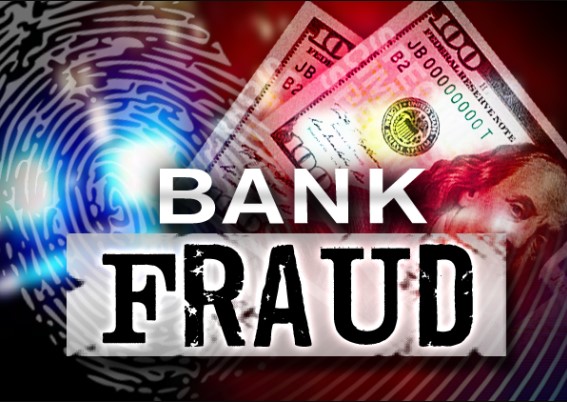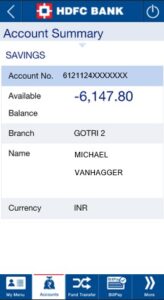10 Signs Your Online Bank Account is Under Cyber Attack
December 12, 2023

With the increasing prevalence of cyber-attacks targeting online bank accounts, it is crucial to be vigilant and proactive in safeguarding your financial information. Detecting signs of a cyber-attack early can help minimize potential damage and enable you to take immediate action. In this blog post, we will outline ten signs that may indicate your online bank account is under cyber-attack. By recognizing these signs and acting appropriately, you can better protect your financial assets and maintain control over your online banking experience.
1. Unauthorized Transactions
One of the most obvious signs of a cyber-attack is the presence of unauthorized transactions in your online bank account. If you notice unfamiliar charges or transfers, especially for significant amounts or to unfamiliar recipients, it is essential to take immediate action.
2. Irregular Account Activity
Keep an eye out for any irregular account activity, such as sudden changes in your account balance, unexplained withdrawals, or multiple failed login attempts. These anomalies could indicate unauthorized access or fraudulent activity.
3. Unexpected Account Lockouts
If you find yourself frequently locked out of your online banking account, even with the correct login credentials, it could be a sign that someone is attempting to gain unauthorized access. This may indicate a brute-force attack or the use of stolen credentials.
4. Unusual Email or Text Messages
Pay attention to unexpected emails or text messages appearing to be from your bank, especially if they request sensitive information or urge you to click on suspicious links. Legitimate financial institutions typically do not request personal details via email or text.
5. Changes to Account Information
If you notice unauthorized changes to your account details, such as modifications to your email address, phone number, or mailing address, it may indicate that an attacker is attempting to take control of your account.

6. Unfamiliar Devices or Locations
Review the list of devices and locations associated with your online bank account. If you notice unknown devices or locations accessing your account, it could be a red flag indicating unauthorized access.
7. Slow Account Response or System Errors
Persistent slow response times or frequent system errors when accessing your online bank account might indicate a cyber-attack. Attackers may deploy techniques that hinder your access or disrupt the banking system.
8. Unexpected Alerts or Notifications
Be wary of receiving unexpected alerts or notifications about changes to your account settings, transactions, or security measures. If you didn’t initiate these changes, it is essential to investigate further.
9. Disabled Security Features
If your previously enabled security features, such as two-factor authentication or security questions, suddenly become disabled without your knowledge or consent, it may indicate an attempt to gain unauthorized access to your account.
10. Unusual Network or Device Behavior
If you notice unexpected network or device behavior, such as increased network traffic, unexplained system slowdowns, or antivirus software detecting suspicious activity, it could be a sign that your online bank account is under attack.

What to Do If You Suspect a Cyber Attack
- Contact Your Bank
- Change Passwords and Enable Additional Security Measures
- Scan Your Devices for Malware
- Monitor Your Accounts
- Enhance Your Online Security Practices
- Contact Your Bank: Notify your bank immediately to report the suspected attack. They can guide you on necessary steps, such as freezing your account, changing your login credentials, and initiating an investigation.
- Change Passwords and Enable Additional Security Measures: Change your online banking passwords, enable two-factor authentication if available, and update any security settings to strengthen your account’s defenses.
- Scan Your Devices for Malware: Run a thorough scan of your devices using reputable antivirus and anti-malware software to detect and remove any potential threats.
- Monitor Your Accounts: Regularly monitor your online bank accounts for any further suspicious activity. Review your transactions, account statements, and alerts to ensure no unauthorized actions occur.
- Enhance Your Online Security Practices: Review and strengthen your overall online security practices, including using strong and unique passwords, regularly updating software and applications, and being cautious of phishing attempts.

Recognizing the signs of a cyber-attack on your online bank account is crucial for maintaining your financial security. By staying vigilant and monitoring your account for unauthorized transactions, irregular activity, unexpected changes, and other suspicious indicators, you can act swiftly and effectively to protect your assets. Remember to contact your bank immediately if you suspect a cyber-attack and follow their guidance to mitigate any potential damage. Proactive measures and a security-conscious mindset will go a long way in safeguarding your online banking experience.
Have Any Question?
Call or email Cocha. We can help with your cybersecurity needs!
- (281) 607-0616
- info@cochatechnology.com




